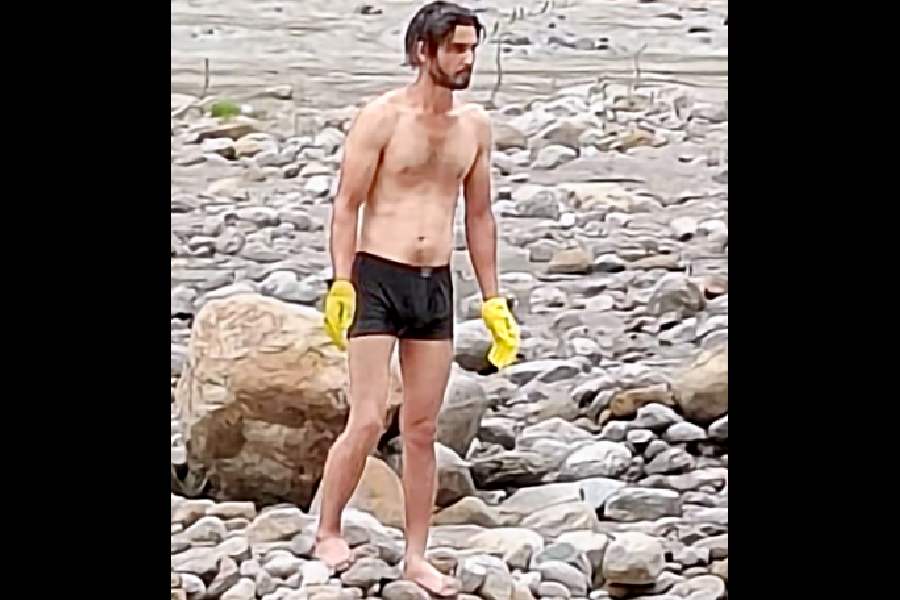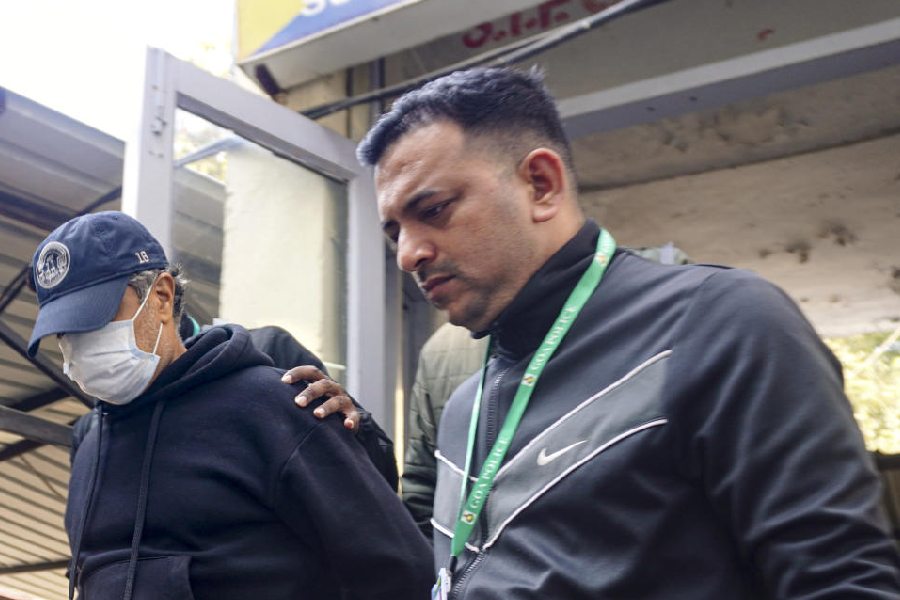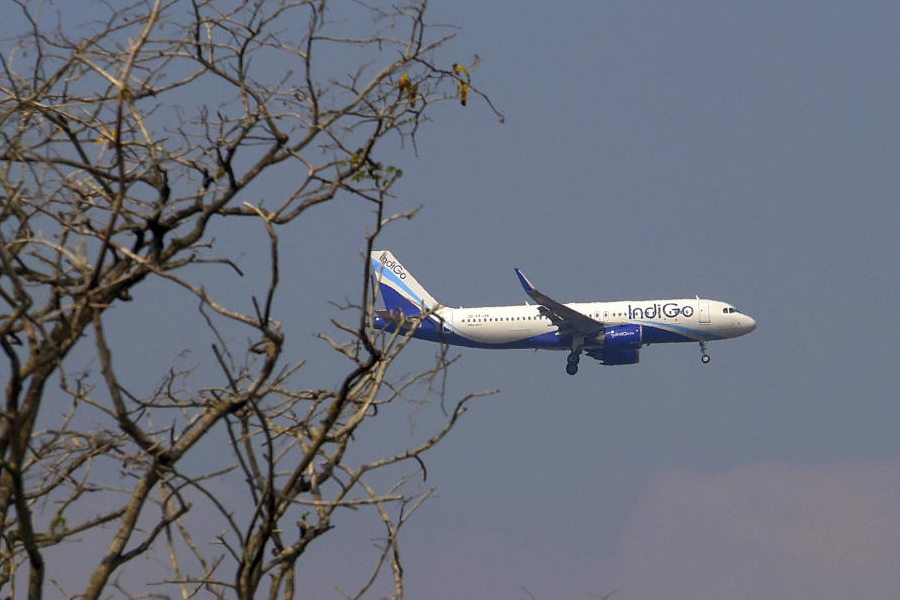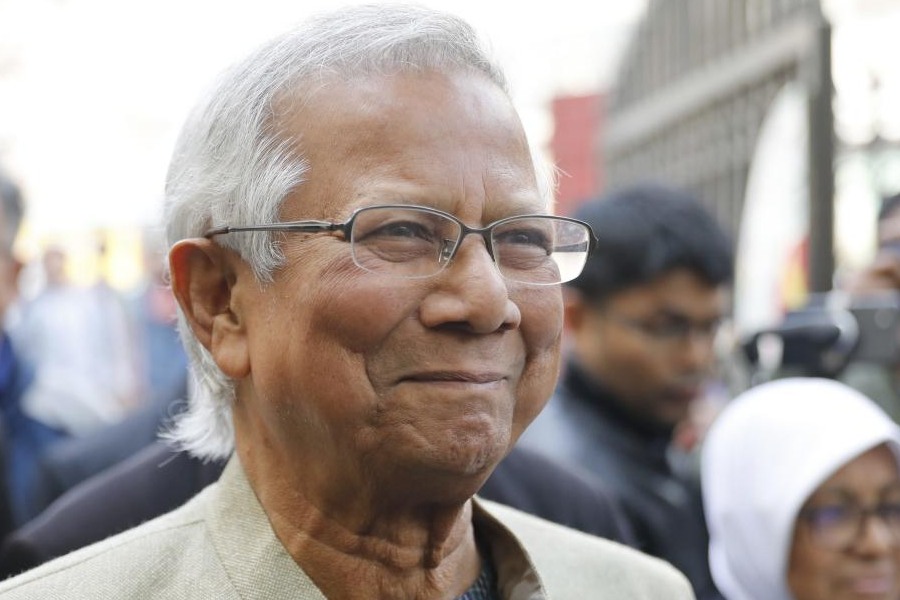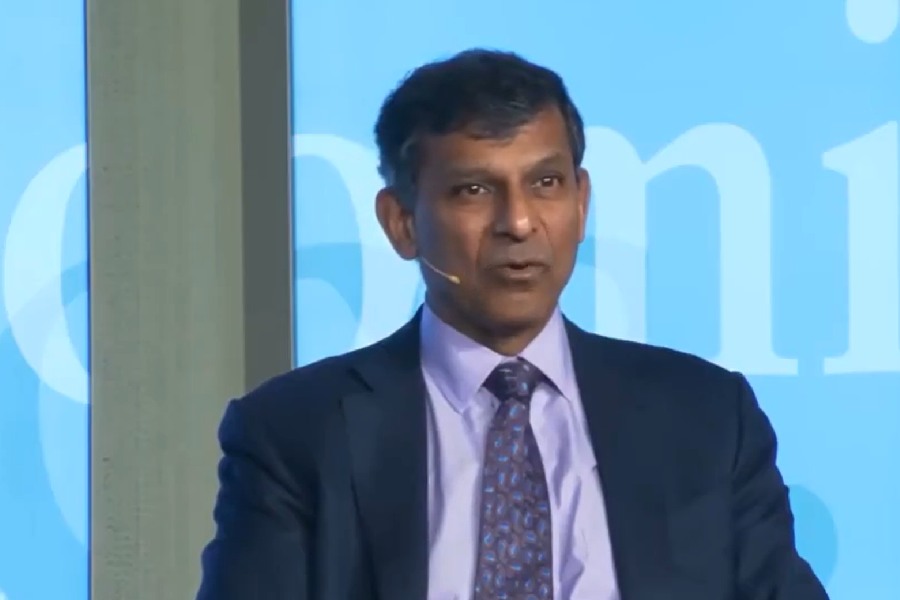When fear and panic gripped Chositi village of Kishtwar on August 14, Arif Rashid went beyond the call of duty and put his life in danger to save lives, not caring who the victims were or where they came from.
A flash flood triggered by a cloudburst hit the remote mountain village last week, leaving behind a trail of destruction with scores dead and missing, more than 100 injured and homes, roads and bridges flattened.
Arif, who works as a driver for the free 108 ambulance service that works on a public-private partnership model, was a lucky survivor.
“It all unfolded in front of me. As I saw a mountain of water and debris unleashed on a small valley, I, like many others, started running for safety. But 10 minutes later, I realised there were a lot of people trapped under the debris and I should rush back,” Arif told The Telegraph over the phone from Kishtwar.
For the past six days, Arif has been working tirelessly to rescue the victims, regardless of their faith, trapped under mounds of debris or washed away by torrents. Hundreds of army, NDRF, police and CRPF personnel, along with several volunteers, have been helping in the rescue operation.
Multiple videos or pictures on social media paint Arif as a tireless rescuer. He lives in a village 25km from Chositi, both part of the larger Padder area of Kishtwar where Muslims are a small minority. Most of the victims were Hindu pilgrims.
Muslim-majority Kishtwar is a communally sensitive district in Jammu’s Chenab Valley, often in the news for the wrong reasons. But small efforts by individuals from both communities, like the one displayed by Arif, serve as a beacon of hope.
“I must have rescued 15 to 20 injured people and pulled several bodies from the debris. I first rescued an injured girl and several others. There were just two ambulances there, including ours. My ambulance was stuck in debris, but luckily only up to the tyres. With great effort, some of us pulled it out,” he said.
Moments later, he started shifting the injured towards the hospital, but the bridge nearby was damaged too. Ambulances started arriving from different places, and the injured were carried on shoulders to the other side of the damaged bridge before they were taken to the hospital.
On Monday, a video showed him and a few others lifting a body on a stretcher, walking through rocks, before tying it to a rope that was pulled by people on the other side of a stream. Arif said the body was found some 20km from Chositi.
“I am doing this all for the sake of humanity. For me, they are all humans and I do not think about anything else,” he said.
Also leading from the front are the volunteers of Ababeel, a group known for their assistance during emergencies in the Chenab Valley.
Syed Imran, a volunteer, said they camped in the village for five days. “There were more than 30 volunteers from our group, with nine ambulances, working in shifts. All these days we helped shift the deceased and injured to the hospitals,” he said.
The group has around 250 volunteers connected through WhatsApp, and among the first responders during calamities and accidents.

